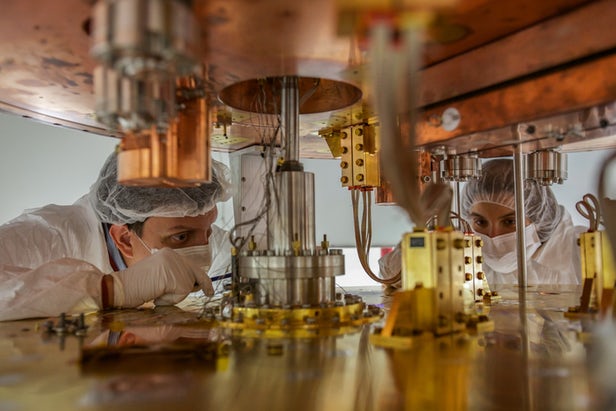
Breaking News
 Calling Dr. Grok. Can AI Do Better than Your Primary Physician?
Calling Dr. Grok. Can AI Do Better than Your Primary Physician?
 Episode 485 - The Dark Legacy of Dick Cheney
Episode 485 - The Dark Legacy of Dick Cheney
 Frugal Friday: 17 Ways to "Use It Up"
Frugal Friday: 17 Ways to "Use It Up"
 Cristiano Ronaldo Praises Donald Trump as a Leader Capable of Changing the World...
Cristiano Ronaldo Praises Donald Trump as a Leader Capable of Changing the World...
Top Tech News
 HUGE 32kWh LiFePO4 DIY Battery w/ 628Ah Cells! 90 Minute Build
HUGE 32kWh LiFePO4 DIY Battery w/ 628Ah Cells! 90 Minute Build
 What Has Bitcoin Become 17 Years After Satoshi Nakamoto Published The Whitepaper?
What Has Bitcoin Become 17 Years After Satoshi Nakamoto Published The Whitepaper?
 Japan just injected artificial blood into a human. No blood type needed. No refrigeration.
Japan just injected artificial blood into a human. No blood type needed. No refrigeration.
 The 6 Best LLM Tools To Run Models Locally
The 6 Best LLM Tools To Run Models Locally
 Testing My First Sodium-Ion Solar Battery
Testing My First Sodium-Ion Solar Battery
 A man once paralyzed from the waist down now stands on his own, not with machines or wires,...
A man once paralyzed from the waist down now stands on his own, not with machines or wires,...
 Review: Thumb-sized thermal camera turns your phone into a smart tool
Review: Thumb-sized thermal camera turns your phone into a smart tool
 Army To Bring Nuclear Microreactors To Its Bases By 2028
Army To Bring Nuclear Microreactors To Its Bases By 2028
 Nissan Says It's On Track For Solid-State Batteries That Double EV Range By 2028
Nissan Says It's On Track For Solid-State Batteries That Double EV Range By 2028
"CUORE" experiment seeks to get to the heart of the matter – and antimatter

For every atomic particle there exists a complementary particle with equal mass but opposite charge: such is the case, for instance, with electrons and positrons, protons and antiprotons, neutrons and antineutrons. For each pair of particles, one is designated as ordinary matter and the other as antimatter (the one exception being Majorana fermions, chargeless particles – such as photons – that act as their own antiparticles).
Astrophysics tells us that the Big Bang should have produced equal amounts of matter and antimatter, but this is clearly not the case. The reason for this imbalance is a still a mystery, but may lie in the nature of the neutrino, a nearly massless subatomic particle that – just like the photon – may act as its own antiparticle. If neutrinos are indeed Majorana fermions, they may have decayed asymmetrically in the early universe and given rise to the preponderance of matter over antimatter that we see today.

 Carbon based computers that run on iron
Carbon based computers that run on iron

